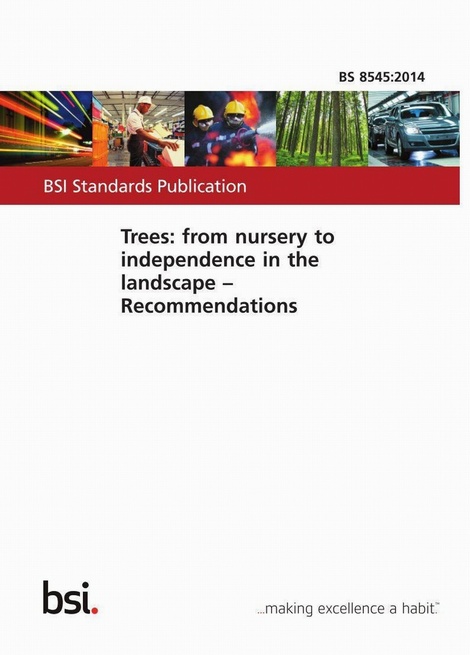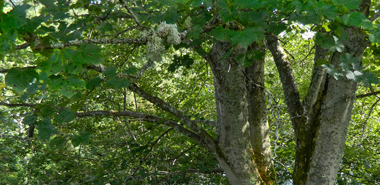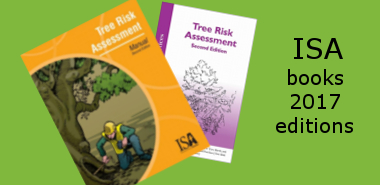| Paperback | |
| A4 | |
| 90 pages |
BS 8545:2014 Trees: from nursery to independence in the landscape – Recommendations
£315.00BS 8545 is a new British Standard to assist people involved in planning, designing, resourcing, producing, planting and managing new trees in the landscape. It describes a process for planting young trees that will result in them achieving 'independence in the landscape'. This means that they are healthy and have every chance of survival.
This standard will assist practitioners in making balanced and informed tree planting decisions. Ideally, all newly planted trees need to be able to grow with vigour appropriate to the species and situation, in good health, and with minimal nuisance to achieve the desired planting objectives.
BS 8545 gives recommendations for transplanting young trees successfully from the nursery, through to achieving their eventual independence in the landscape, specifically covering the issues of planning, design, production, planting and management.
BS 8545 sets out good practice in strategic and policy formation and then follows the whole transplanting process through to independence in the landscape, under the following clause headings:
Policy and strategy
Site evaluation and constraints assessment
Species selection
Nursery production and procurement
Handling and storage
Planting
Post-planting management and maintenance.
BS 8545 applies to trees where a distinct crown has been prepared in the nursery. It does not apply to whips, transplants and seedlings, or to other woody material.
This standard explains how new trees can be successfully grown and planted so that they flourish in the landscape without excessive maintenance. The standard promotes the principle that successful new tree planting relies on the integration of careful design, nursery production and planting site management, into one continuous process. All parts of the process are important and need careful consideration if new trees are to successfully achieve independence in the landscape.
The large amounts of research and anecdotal evidence on good practice throughout the breadth of preparing, planting and maintaining new trees, make it impossible to comprehensively list all that information within this standard. Instead, the standard seeks to distil the best of that information into discrete recommendations that summarize the process. It is structured so that users can access an overview of all parts of the process quickly and easily through the flowcharts and the body text. This is supplemented by more detailed discussion in the annexes, which is supported by technical referencing of relevant scientific research. The intention is for users to be able to easily identify the clauses that are relevant to their needs and, if necessary, then drill down into more detail in the annexes, and follow that up with accessible research references, if even more explanation is required.
Why BS 8545?
It has been a widely recognized fact that a significant proportion of newly planted trees fail to survive to maturity and die soon after being planted in an urban environment. The Trees in towns II report commissioned by the Department of Communities and Local Government highlighted that as much as 25% of all planting undertaken in the public sector actually fails. Although there has not been any comparable survey undertaken in the private sector, anecdotal evidence indicates that the failure rates are similar.
It is difficult to pinpoint the reason why the failure rate of new planting is so high, but one contributory factor is the present disjointed approach to production and planting. This standard seeks to define all the parts of the process as a continuous and joined-up sequence, rather than isolated parts that have no tangible connections.
Publisher: - British Standards Institution - more
Code: - ISBN 9780580713170
Year: - 2014
Authors: - British Standards Institution











